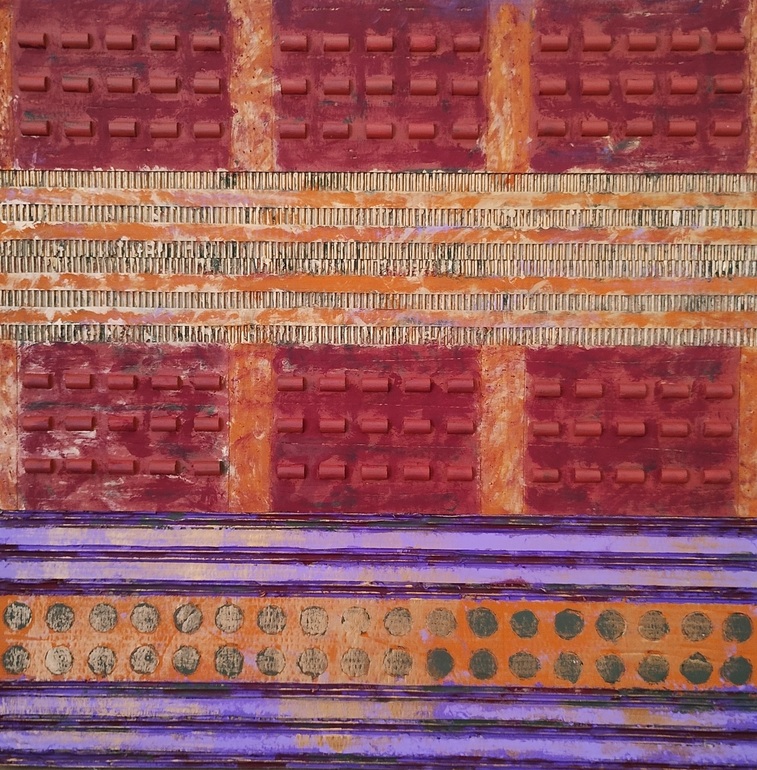 Español
Español
January 28, 2024
by Cristina Galvez
Starting in the second half of the last century, somewhat late compared to other Latin American countries, geometric art began to develop as one of the main aspects of the "rupture" movement that sought to end the predominance in the Mexican plastic arts of muralism and nationalist figurative art. This initial development of geometric art in Mexico was influenced in a very notable way by the proposals of Mathias Goeritz, a German artist who arrived in the country in 1949. Architect, sculptor and painter, promoter of the European avant-garde and fervent admirer of Paul Klee, Goeritz left in Mexico a rich and varied work, in which we can highlight the "El Eco" Experimental Museum, the very famous "Torres de Satélite" and the no less famous "Espacio Escultórico" of the National University.
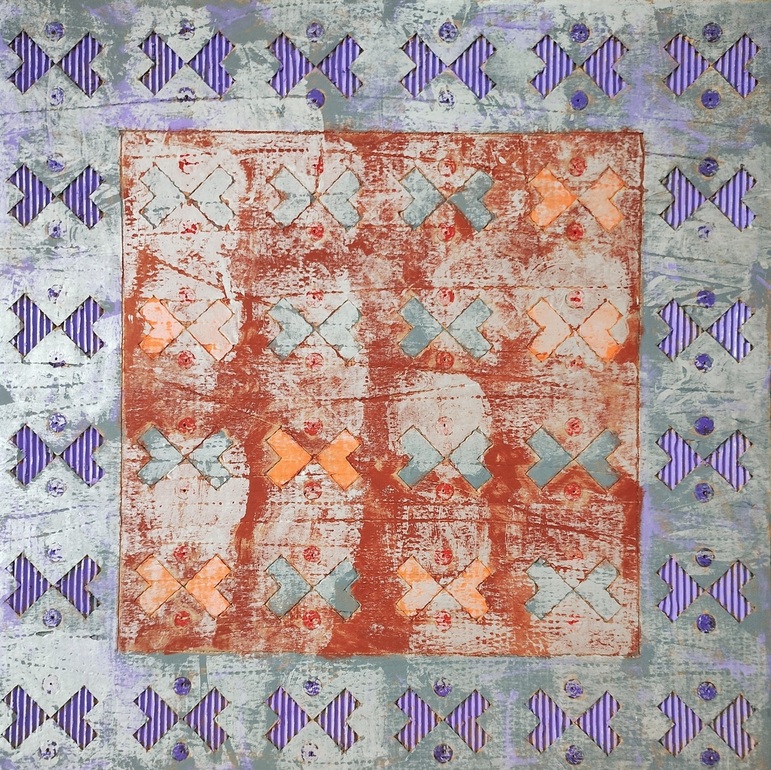
A second pioneer artist of geometric expression in Mexican art was Gunther Gerzso, who in the 1950s created paintings inspired by pre-Hispanic architecture, by the monuments of Monte Albán, Uxmal and Machu Picchu, made from lines that generated beautifully juxtaposed planes defined by a very subtle management of color.
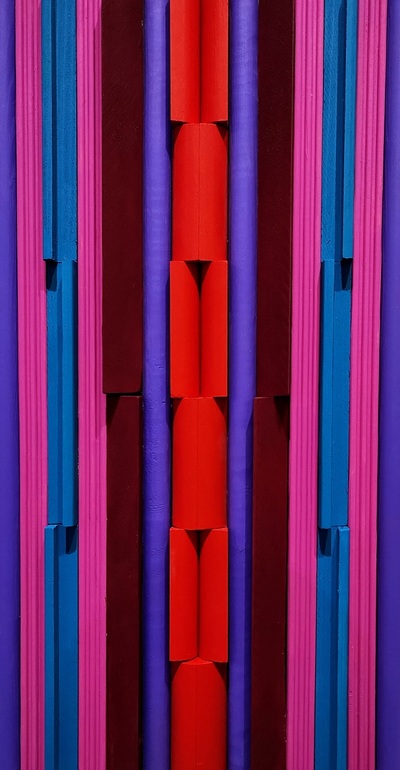
Later, towards the decade of the 70s, two great masters burst onto the scene of Mexican geometrism who would take this trend to its maximum expression. These were Manuel Felguérez and Vicente Rojo, who also approached, with the same force and simultaneously, painting, sculpture and urban art. There is no doubt that the works belonging to the "Aesthetic Machine" by Felguerez and the series "México Bajo la Lluvia" and "Volcanes" by Rojo, represent culminating moments in the history of international geometricism.
I have taken the time to talk about these important precursors and masters of Mexican geometric art because Alberto Lenz draws, conceptually and formally, from all of them. Direct heir to the proposals of Goeritz, Gerzso, Felguérez and Rojo, Lenz's work is both a continuation and an important contribution to this entire development of geometricism in Mexico.
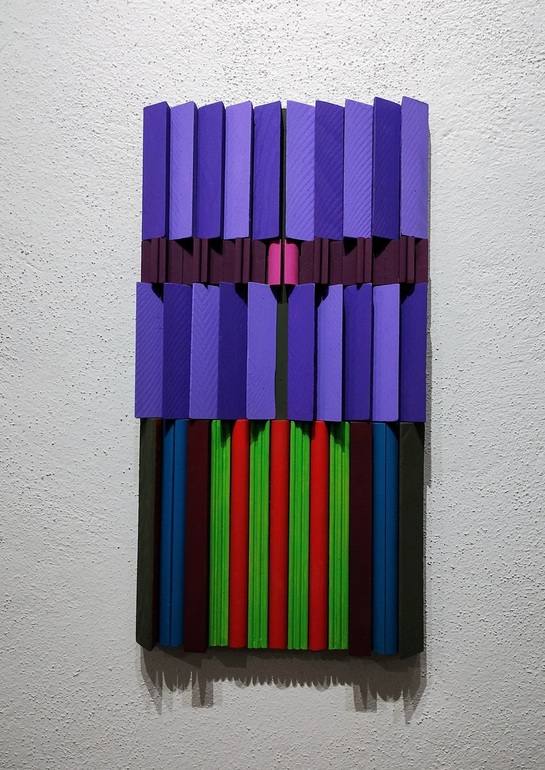
In fact, based on his innovative sculptural and pictorial searches, in which he uses metal, wood and cardboard to create motley compositions full of shapes and endowed with an intense and very personal color, Lenz moves from the platform of geometric art of the last century towards a post-modern proposal that we will call "neo-geometric", very clearly linked to the baroque spirit so present in Mexican culture and art.
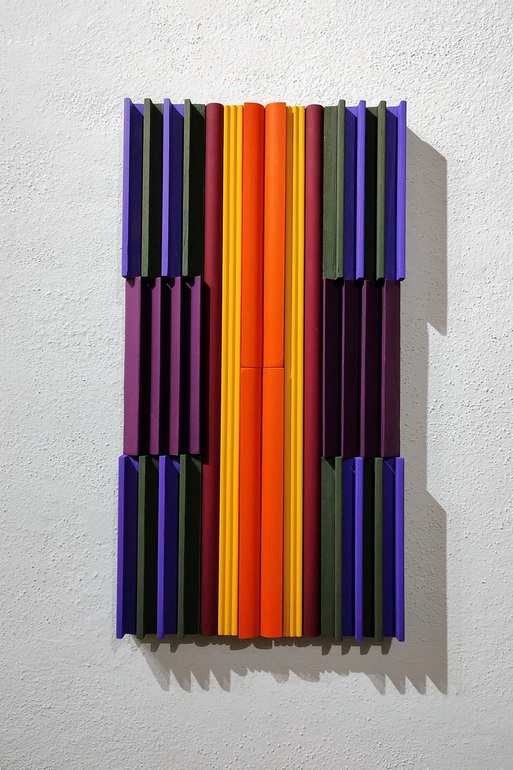
With this post-modern approach, Alberto Lenz breaks barriers between disciplines and artistic styles and offers us a set of works installed on the border between the sculptural and the pictorial, which, although written in the language of geometry, are far from being cold or rational – as happens with a good part of the geometric works – and instead they suddenly confront us with a world of sensuality and mystery.
*******
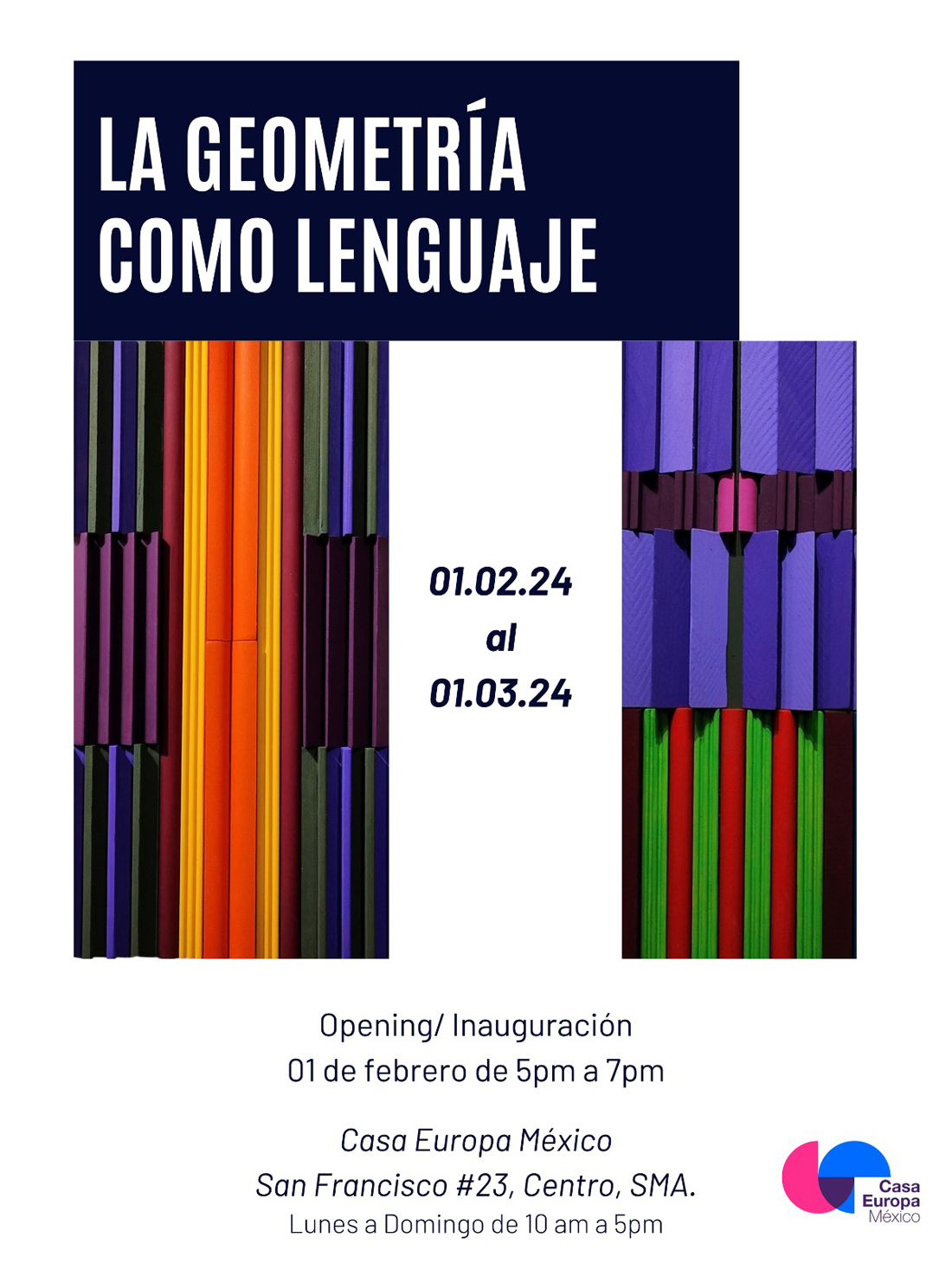 ***
Geometry as Language - The Art of Alberto Lenz
***
Geometry as Language - The Art of Alberto Lenz
opening - Casa Europa, San Francisco 23
Thursday, February 1, 5pm
**************
Cristina Gálvez is an art historian and cultural promoter. In recent years, she has worked as an advisor and curator to museums and art galleries, specializing as a consultant in contemporary Latin American art. She currently lives in Mexico City and San Miguel de Allende.
**************
*****
Please contribute to Lokkal,
SMA's online collective:
 ***
***
Discover Lokkal:
Watch the two-minute video below.
Then, just below that, scroll down SMA's Community Wall.
Mission

Visit SMA's Social Network
Contact / Contactar

